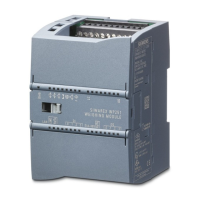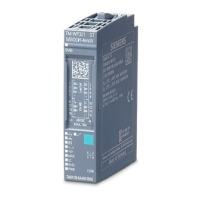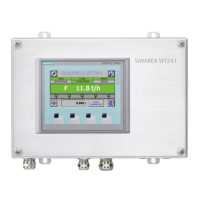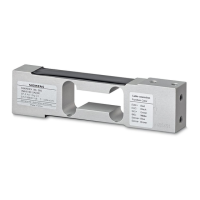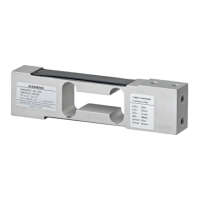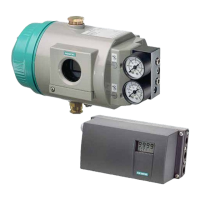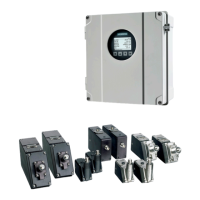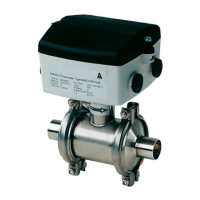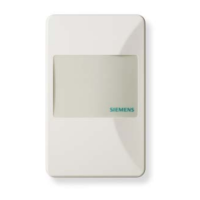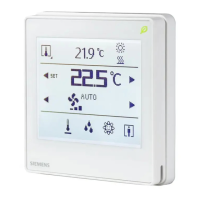Scale parameters and functions of the belt scale
8.3 DR 3 Belt scale parameters
SIWAREX WP241
76 Manual, 04/2014, A5E33713528A
Number of belt revolutions
At least one belt revolution is required for the calibration. You can increase the number of
belt revolutions in order to increase the accuracy of the equipment.
There are three options for determining the current speed:
0 – no speed sensor present. Specification of a constant belt speed or determination of it.
1 – speed sensor at digital input DI.0
2 – external specification of belt speed from CPU (via DR19)
Note
If the jumper is closed to protect data with verification capability, the parameter can no longer
be changed.
The design speed can be determined with the belt empty. To this end, the time for one or
more belt revolutions is measured, and the speed determined from this.
Speed correction if belt loaded
If a speed sensor is not used (speed detection = 0, see Speed detection (Page 76)), a speed
correction can be determined at a certain belt load factor (preferably the nominal load) in
addition to the design speed. A load-dependent characteristic for the speed then results
together with the design speed. This characteristic is determined by two working points:
Design speed with empty belt and a speed factor correction with a certain belt load factor.
The specification is made in % of the design speed.
Using commands 72 (Start), 73 (Stop) and 86 (Apply), the point can be determined
automatically during commissioning (with loaded belt) or during operation.
Belt load factor for speed correction
The associated belt load factor (in % of nominal load) is specified for determination of the
speed correction (→ Speed correction if belt loaded (Page 76)).
You must observe the value in DR30 during the calculation and subsequently enter it.
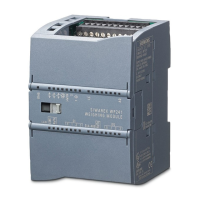
